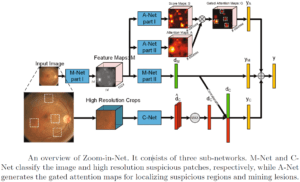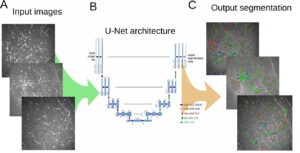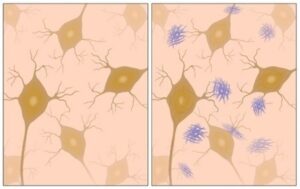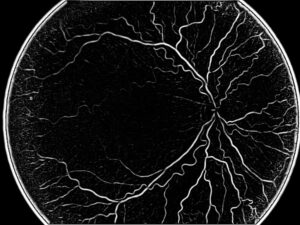The Need for Retina Montage:
Retinal imaging is one of the oldest and most reliable techniques to examine the retina to analyse its status and possibly detect existing disorders. The principle is very simple: a regular camera with proper optics and enough light can look through the pupil and see the fundus of the eye.
Unfortunately, the field of each single view is limited: the solution used by ophthalmologists is to ask patients to look up, down and on the sides in order to collect images covering all the area of the retina. After doing that, images need to be combined together into a single mosaic view, offering a general panorama of the retina. This way of providing the eye care professional a larger field of view is generally called retinal image montage or panorama.
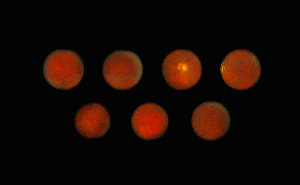
Stitch Together Multiple Fundus Images:
The first step of mosaicing eye fundus images can be done in at least two ways: one way scans the eye following a very strict scheme, but this is not very comfortable for the ophthalmologist and the patient. The other way is less strict about the scheme while taking enough images of the different areas of the retina. The angles can be chosen arbitrarily: provided all the area of interest is covered by the images, we are able to adapt images taken from different angles and merge them within a single registration.
The following step to achieve retina montage requires to combine those images together into a single montage of the retina, solving a sort of puzzle. Overlapping areas are generally not large, hence giving little information on the rear parts of the retina, where registered images might provide only one significant vessel. An additional challenge is given by the fact that the margins of the images, where the overlapping needs to be found, have different lighting conditions and are often corrupted: this results in blurry and grey margins, calling for color corrections in this areas before stitching the image into a single retinal montage. This enables to gradually fuse multiple retinal images, when moving from one image to the other in the finally aligned mosaic.
Image Stitching Software:
AI-Powered Precision: The software utilizes advanced deep learning algorithms to automatically and accurately stitch together multiple retinal images. By leveraging convolutional neural networks (CNNs), it ensures superior image alignment and quality. This cutting-edge AI technology enhances diagnostic precision, allowing ophthalmologists to detect even subtle changes in retinal health more effectively.
Our Retina Montage Software Solution:
RSIP Vision uses very advanced technologies to perform this ophthalmology software task, including graph theory techniques to obtain the best optimization of retina montage. Our in-house developed montaging method uses very sophisticated algorithms, enabling us to emphasize information which is sometimes very dull and noisy. The final result is the generation of a retinal montage displaying all the information needed to enable the ophthalmologist to give optimal diagnostic accuracy of the fundus of the eyes.

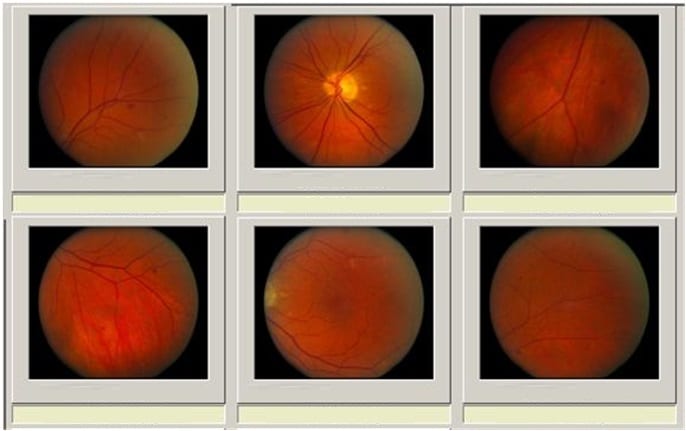
 Ophthalmology
Ophthalmology
